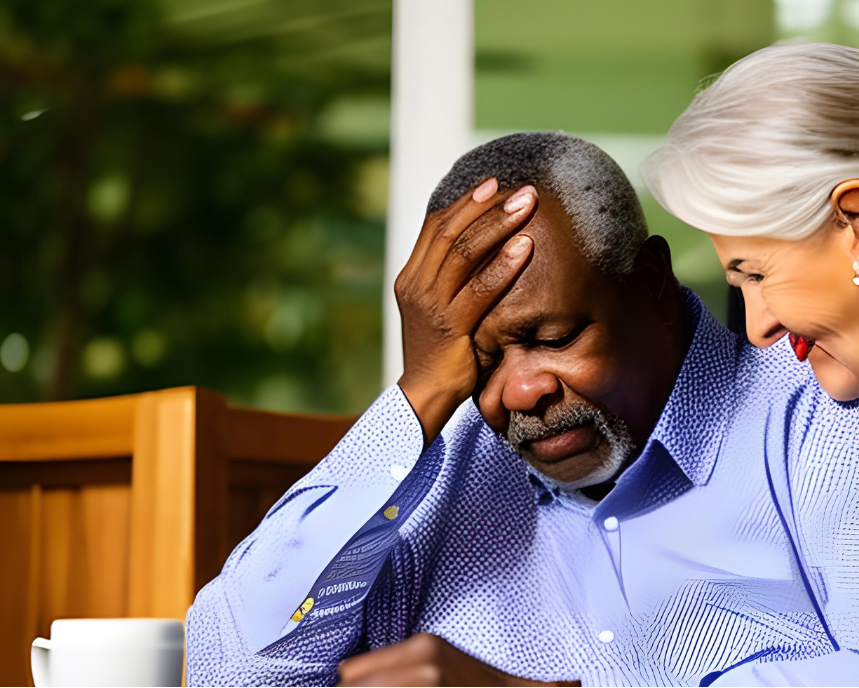Caregiving
MUSIC CARE WEBINARS
Blogs






Articles
Askham, J., Briggs, K., Norman, I., & Redfern, S. (2007). Care at home for people with dementia: As in a total institution? Ageing and Society, 27(1), 3-24.
Burrows, T. (2009). Music as a therapeutic medium for engagement: Training to support the well-being of caregivers as well as their cared-for patients. Working with Older People, 13(3), 25-28.
Duggleby, W., Williams, A., Holtslander, L., Cunningham, S., & Wright, K. (2011). The chaos of caregiving and hope. Qualitative Social Work, 11(5), 459-469.
Duggleby, W., Williams, A., Wright, K., & Bollinger, S. (2009). Renewing everyday hope: The hope experience of family caregivers of persons with dementia. Issues in Mental Health Nursing, 30, 514-521.
Engstrom, G., & Hammar, L.M. (2012). Humming as a potential tool for facilitating feeding situations between persons with dementia and their caregiver: A single case study. Music and Medicine, 4(4), 231-236.
Gotell, E., Brown, S., & Ekman, S. (2009). The influence of caregiver singing and background music on vocally expressed emotions and moods in dementia care. International Journal of Nursing Studies, 46(4), 422-430.
Graneheim, U.H., Johansson, A., & Lindgreen, B. (2014). Family caregivers' experiences of relinquishing the care of a person with dementia to a nursing home: Insights from a meta-ethnographic study. Scandinavian Journal of Caring Sciences, 28(2), 215-224.
Lilly, M.B., Robinson, C.A., Hotzman, S., & Bottorff, J.L. (2012). Can we move beyond burden and burnout to support the health and wellness of family caregivers to persons with dementia? Evidence from British Columbia, Canada. Health and Social Care in the Community, 20(1), 103-112.
Magill, L. (2009). The spiritual meaning of pre-loss music therapy to bereaved caregivers of advanced cancer patients. Palliative and Supportive Care, 7, 97-108.
McClendon, M.J. & Smyth, K.A. (2013). Quality of informal care for persons with dementia: Dimensions and correlates. Aging & Mental Health, 17(8), 1003-1015.
Books
Clark, D., & Emmett, P. (1998). When someone you love is dying. Minneapolis, MN: Bethany House Publishers.
Figley, C.R. (Eds.). (2002). Treating compassion fatigue. New York, NY: Brunner-Routledge.
Macmillan, K., Hopkinson, J., Peden, J., & Hycha, D. (2004). A caregiver’s guide: A handbook about end-of-life care. Ottawa, ON: Canadian Hospice Palliative Care Association and The Military and Hospitaller Order of St. Lazarus of Jerusalem.
Rio, R. (2009). Connecting through music with people with dementia: A guide for caregivers. London, UK: Jessica Kingsley Publishers.
Links
Caregiving Matters
www.caregivingmatters.ca
A Place for Mom
www.aplaceformom.com
North America's largest senior living referral service, having helped over one million families since 2000. Unique in that they have Senior Living Advisors who offer personalized one-on-one guidance to families as they search for the right care for their loved one, at no charge to them. Check out their Caregiver Toolkit.
Canadian Homecare Association
www.cdnhomecare.ca
Caregiving Matters
www.caregivingmatters.ca
Offers support and education to those coping with the declining health or death of a parent.
Family Caregiver Alliance
www.caregiver.org
A U.S. based online help site for caregivers including support groups, resource guides and disease-specific information.
Simply for Seniors and Those Caring for Seniors
www.myuxbridge.info/seniors.htm
The Careguide Online
www.thecareguide.com
On Grief and Grieving
www.davidkessler.org
Quality of Life Publishing
www.QoLPublishing.com
Specialists in gentle grief support offering books, booklets, and interactive workshops. Quality of Life Publishing also offers a speakers bureau featuring authors and experts in grief and bereavement.
Robert's Press and the Grief Resource Centre
www.robertspress.ca
The Association for Death Education and Counseling
www.adec.org
A useful site for those interested in teaching or learning more about death, dying and bereavement.
The Centre for the Grief Journey
www.griefjourney.com
Dr. Bill Webster's comprehensive site providing practical support and advice for those individuals who are grieving after a significant loss.

